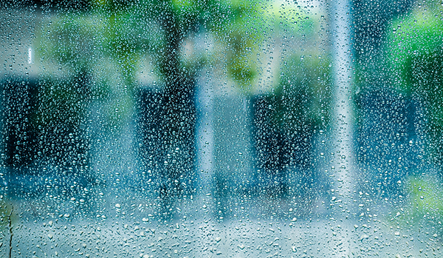Humidity
Film and white paper about humidity
It is not until it is either too moist or too dry that we really relfect upon the level of humidity in our environment. However, a balanced level of humidity favour both the building and the ones working, living and playing inside the building.
See our film and read our white paper on humidity to learn more about the many aspects of indoor humidity.
To our white paper on humidity
We explain excessive humidity
Humidity, the concentration of water vapour in the air, is one of the key parameters determining air quality, comfort and well-being in indoor environments. In the Northern hemisphere, moisture often spells problems such as the damp that causes mould, malodour and the like. All caused by defective ventilation which causes excess humidity indoors.
At the same time, science has established that low humidity is a problem for human beings. It can cause dry eyes, dry skin, dry mucous membranes and allow the spread of seasonal viruses like influenza. In Scandinavia, indoor humidity is often as low as 5-20%, which is rated as extremely dry, and as being detrimental to both well-being and health. Studies indicate that the ideal indoor climate should have a relative humidity of 30-60%.
When it comes to temperature and indoor air pollutants like Volatile Organic Compounds (VOC) and carbon dioxide (CO2), some countries are exceptionally good at maintaining a healthy indoor climate. This because there is well-established expertise in indoor climate solutions based on thermal energy, and state-of-the-art solutions desinged for in new-build and renovation building projects.


